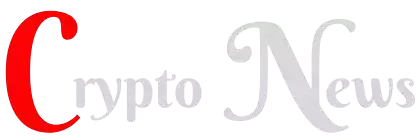-
Xaman Wallet, MetaMask, Gatehub and First Ledger are some of the major XRPL wallets.
-
Some wallets support native XRPL tools such as Trustlines and IOUs tokens.
With the recent rally in the price and adoption of XRP, the native token of the XRP Ledger (XRPL), choosing the right wallet to manage assets and interact with the functionalities of this network is an essential exercise.
In this article we will review the best wallets available for XRP, analyzing their features and their integration with XRPL functionalities, such as decentralized applications (Ethereum–Bitcoin-contratos-inteligentes/#google_vignette” target=”_blank” rel=”noreferrer noopener”>dapps), Automatic Market Makers (AMMs), Trustlines (Trust Lines) and IOUs tokens (I Owe You), which represent a debt.
1. Xaman Wallet
Xaman Wallet it’s a self-custody wallet designed to interact with the XRP Ledger network. Developed by XRPL Labshas its versions for Android and iOS devices.
This wallet open source It has more than 8,000 tokens and NFTs (non-fungible tokens) within XRPL.
In its latest 3.2 update, released on December 3, 2024, it introduced improvements that offer “higher speed and lower data consumption,” according to its documents.
Furthermore, it incorporated a premium subscription of $60 in XRP to access advanced features, while keeping basic operations free.
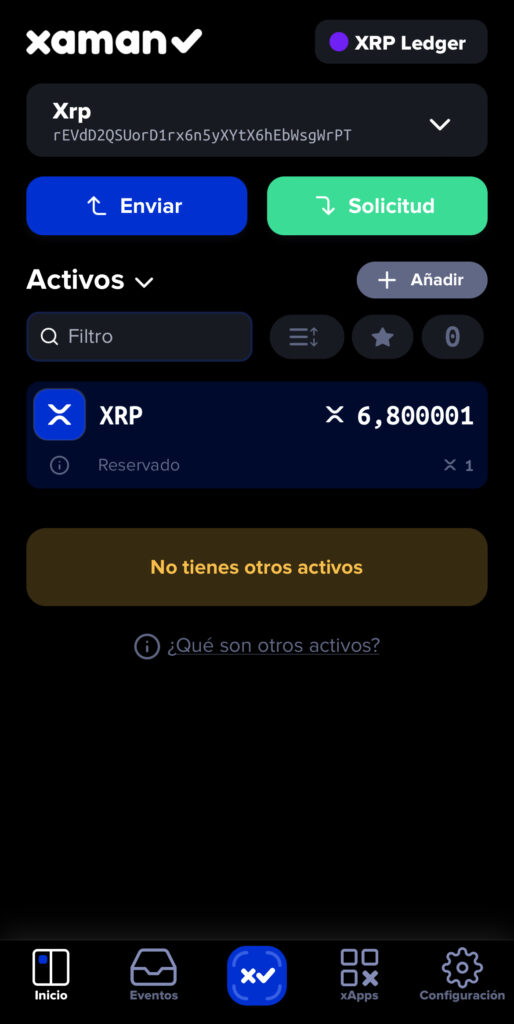

To activate the account, users can now do so by depositing 1 XRP. Fountain: Xaman Wallet.
Advanced tools:
- Compatibility with Automated Market Makers (MMAs)allowing access to liquidity pools.
- Management Trustlines (Trust Lines) and tokens IOUs. They are debt-based assets, traded on the XRPL decentralized exchange (DEX).
- Allows the execution of escrows (escrow deposits) to secure and release under specific conditions.
- Integration with Xahaua sidechain for the XRPL ecosystem.
- Access to 35 dApps and tools DeFi of the XRPL ecosystem, such as Topper Buy, DEX Trade and Account Worth.
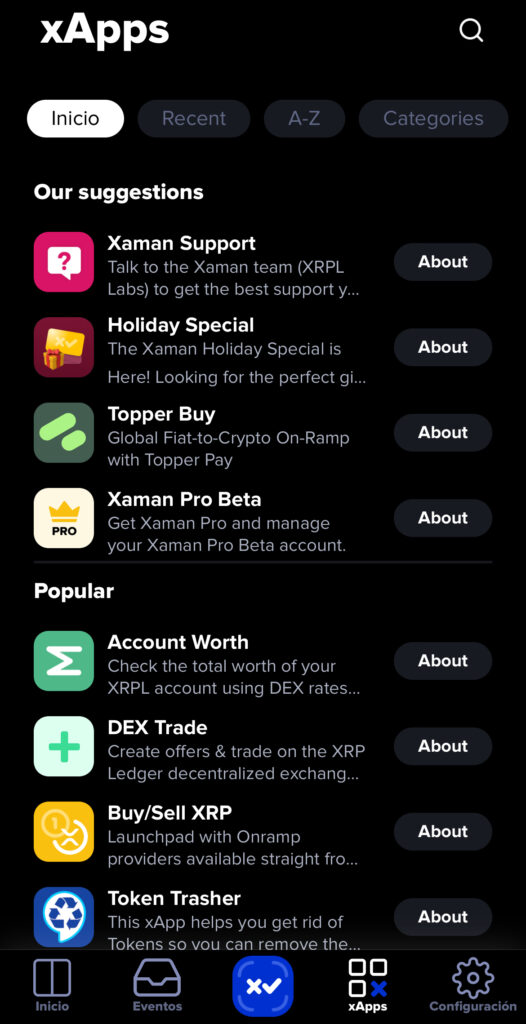

In the “xApps” section of Xaman Wallet, users can search for dApps based on XRPL. Fountain: Xaman Wallet.
Limitations:
- It is exclusive to the XRPL ecosystem and does not connect to other networks, nor does it support popular currencies such as Bitcoin (ETH) or Ethereum (ETH).
- Does not support XRPL EVM Sidechain. This XRPL sidechain is independent and compatible with the Ethereum Virtual Machine (EVM). Facilitates access to applications web3, the execution of smart contracts and decentralized applications (dApps) and DeFi on Ethereum.
MetaMask, the most popular wallet in the DeFi ecosystem, allows the integration of XRPL thanks to the XRP Ledger Snap tool, created by the technology company Peersyst Technology.
XRP Ledger Snap is an extension developed specifically for MetaMask that Enable XRPL network support. To add this plugin to MetaMask, you will need to download it and install it.
Private keys remain under the user’s control, as transactions must be signed directly from MetaMask and access dApps developed on the XRPL.
This functionality improves interoperability between the XRPL and Ethereum environment, expanding the possibilities of use of both networks.
Advanced tools:
- Supports the XRPL EVM Sidechain for Interact with smart contracts and EVM networks using bridges with the XRPL.
- Access to decentralized applications and tokens issued in the EVM ecosystem, including those operating on the XRPL EVM Sidechain.
Limitations:
- Does not allow to configure native XRPL utilities such as Trustlines, tokens IOUs nor AMMs.
- Creating addresses in XRPL is not possible. Users connect their MetaMask accounts to the XRPL ecosystem through the XRPL EVM Sidechain.
3. GateHub
GateHub is a wallet and exchange platform compatible with some native functionalities of the XRP Ledger network. It is also from open source.
This wallet is available in both web and mobile formats for devices with iOS and Android operating systems.
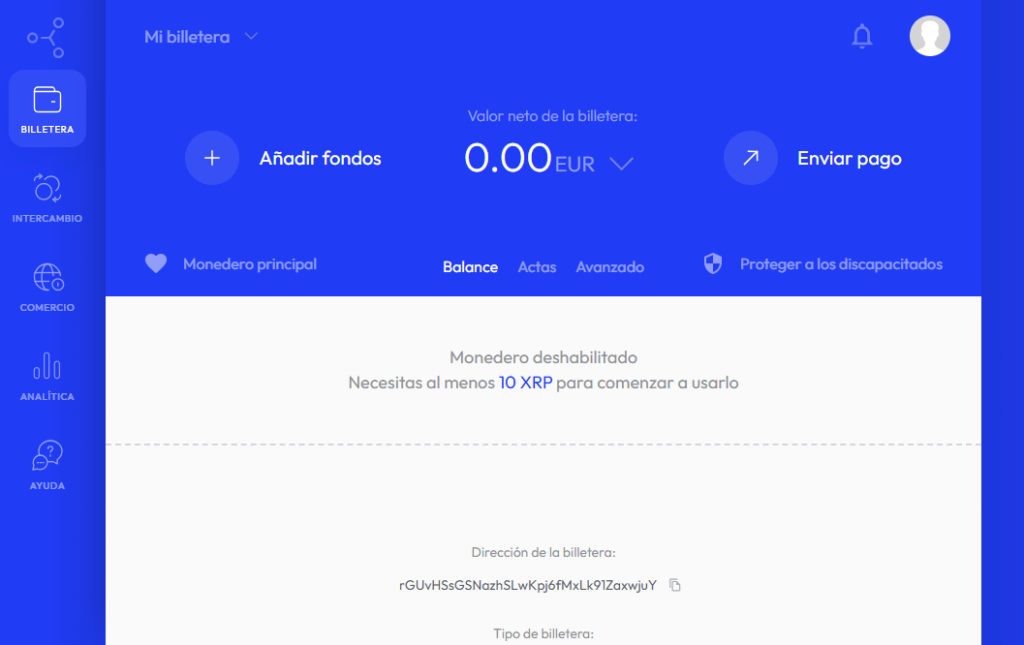

GateHub has not yet updated the minimum XRP amount to activate the account. GateHub.
Regarding security, at GateHub the private keys are stored locally by users, but they are also encrypted and protected on servers of the platform. Requires mandatory use of two-factor authentication (2FA) for added security.
In addition, it supports other digital assets such as Bitcoin, Ethereum and stablecoins.
Advanced tools:
- Paid premium options like Wallet Protectwhich offers a theft refund and access to multi-signature wallets (multi-sig).
- Supports Trustlines and more than 100 XRPL token IOUs.
- Allows the access to the XRPL DEX for trading debt-based tokens.
Limitations:
- Does not offer access to MMAs nor does it allow you to connect with the XRPL EVM Sidechain compatible with the Ethereum ecosystem.
4. First Ledger
First Ledger It can be operated both from a bot on Telegram and through the web version of Telegram (Safari and Chrome). It’s open for developers to make modifications and identify vulnerabilities.
With a base of over 93,000 monthly active users, this wallet allows users to manage accounts and send or receive XRPL transactions directly from Telegram.
Regarding private keys, these must be saved manually by users and are also stored encrypted in the browser or in the Telegram mini application, depending on the option used during account creation.
Advanced tools:
- Compatible with operations in XRPL DEX.
- Allows participation in MMAsincluding liquidity aggregation and swaps.
- Supports more than 11,000 tokens.
- TradingView Chart Integration.
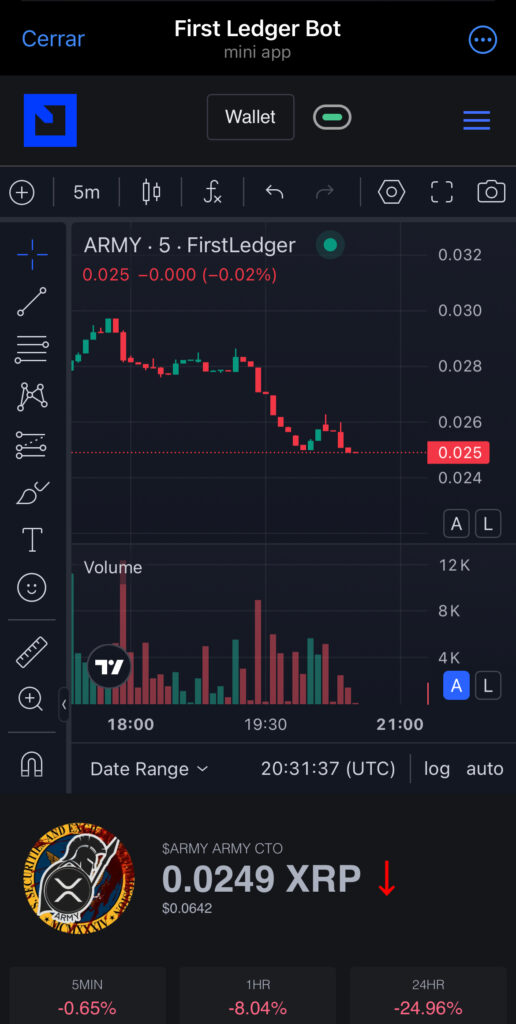

The XRPL memecoin ARMY is trading in the area of 0.25 XRP at the time of the article. Fountain: FirstLedger.
Limitations:
- Does not support native XRPL functionalities such as configuration of Trustlines neither IOU tokens.
- Does not tolerate XRPL EVM Sidechain.
Through the platform XRP Toolkitalthough it is not a wallet itself, but rather a client web interface, it is possible to interact with the XRPL network connecting it to hardware wallets self-custody.
For example, XRP Toolkit supports physical wallets Ledger NanoKeystone and D’CENT. However, it can also be integrated into Xaman Wallet.
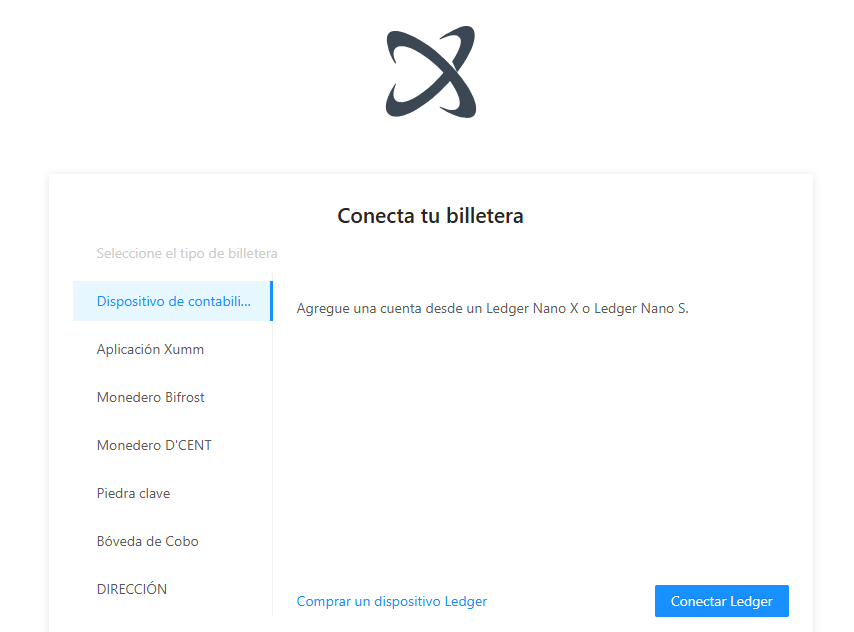

XRP Toolkit allows you to connect hardware wallets with the XRPL network. Fountain: XRP Toolkit.
Regarding security, XRP Toolkit is a self-custody tool, since does not store private keysaccording to their site.
Are remain under user control in the connected wallet and transactions must be signed manually from the linked wallet.
Acts as a bridge between users and XRPLfacilitating the management and operation of digital assets of this network.
Advanced tools:
- It supports utilities such as Trustlines, IOUs tokens, the XRPL DEX and Automated Market Makers (AMMs).
- It is possible to configure escrows.
- XRP Toolkit allows you to trade directly in XRPL.
Limitations:
- It does not support features related to XRPL’s EVM-compatible sidechains. XRP Toolkit is designed exclusively for trading on the main ledger (mainchain).
- The experience can be more technical and requires a basic level of understanding of the XRPL ecosystem.
In summary, this comparative table brings together the most relevant characteristics that were reviewed in the wallets presented here.
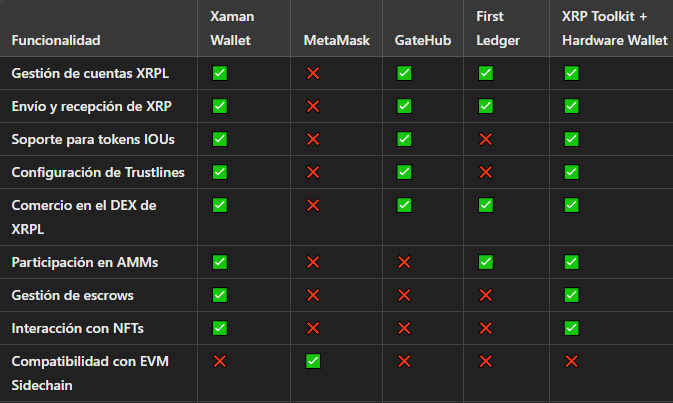

In a context of growing adoption of the XRP Ledger and its native token XRP, choosing a wallet appropriate to your needs and purposes can be key to taking advantage of the possibilities of this ecosystem.
Each wallet presented in this article provides different functionalities, from basic XRP management to access to advanced tools such as Trustlines, AMMs and dApps or interaction with Ethereum smart contracts.
Crypto Keynote USA
For the Latest Crypto News, Follow ©KeynoteUSA on Twitter Or Google News.
